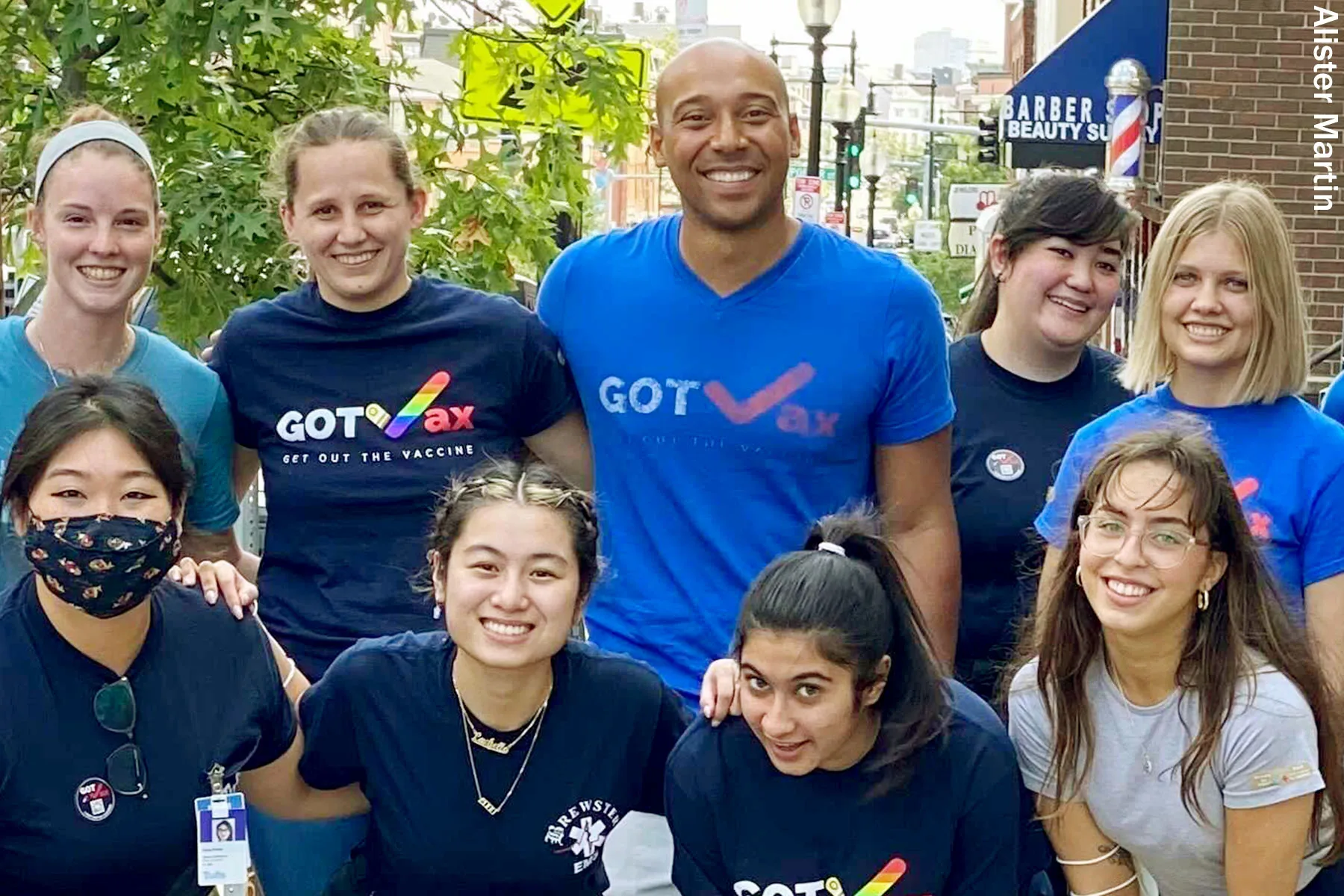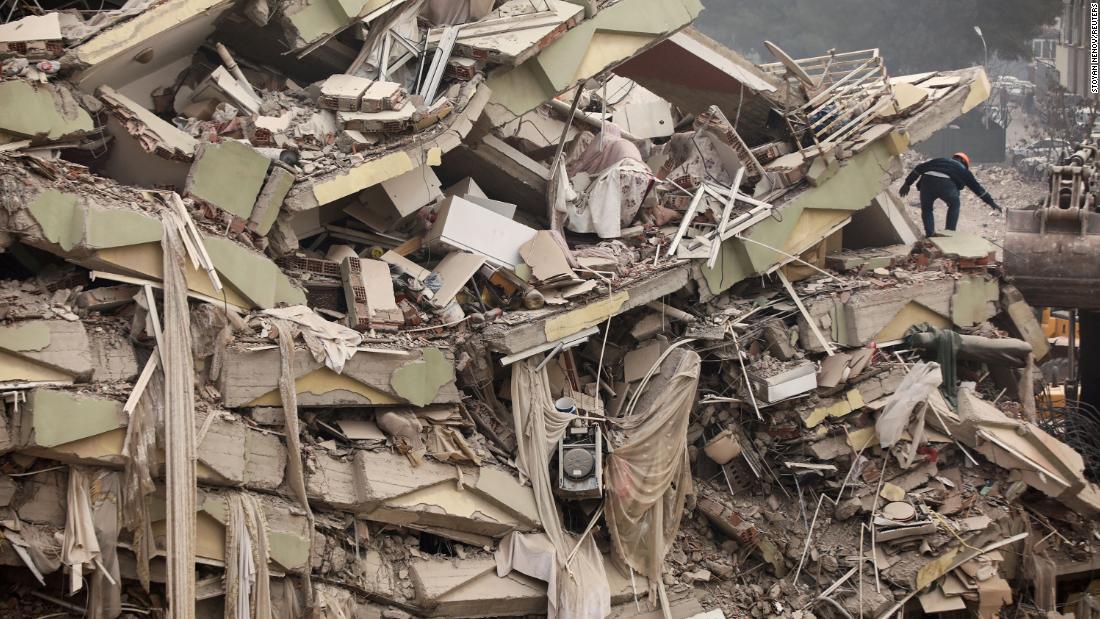New WA Law Hopes to Weaken Foster Care-to-Prison Pipeline
This month, the latest reforms in Washington state that will offer youth in foster care the appropriate therapeutic placement supports and community transition programs will be set in stone, adding fuel to the fire of ending the foster care-to-prison pipeline that destroys so many children's futures.

According to the latest data, there are close to 450,000 children in America’s foster care system — all of whom face a disproportionate risk of being incarcerated. The problem is so severe that the Juvenile Law Center (JLC) has found that one-quarter of foster care alumni will become involved with the justice system within just two years of “aging out” of the system.
A Washington state law that took effect July 25th aims to interrupt that pipeline, acknowledging the need to expand “trauma-informed, culturally relevant, racial equity-based, and developmentally appropriate therapeutic placement supports” in less-restrictive community settings by providing $11.2 million for a “community transition” program for young people serving time in one of the state’s three juvenile detention centers, according to The Imprint News.
To further this reform, a second law is going to take effect this month — HB 1295 — which will increase educational opportunities for individuals in juvenile detention centers, as well as for those who have been released.
This educational reform will support the thousands of children in Washington state, where the average youth in foster care experiences three placement changes, resulting in six months of lost academic progress per move, according to Treehouse, a Seattle-based nonprofit that helps children in foster care get access to the education they deserve.
See Also: School-to-Prison Pipeline Still Functions During Pandemic, Advocates Warn
Moreover, the new law supports transitions to community-based settings, leaving Dawn Rains, chief policy and strategy officer at Treehouse, hopeful for the future.
“The right kind of intervention and wraparound support can really change the trajectory of a life,” Rains told The Intercept.
This community transition aid is integral, advocates also argue, noting that one in five alumni of foster care will be homeless within a year of aging out of the system.
The Scope of the Foster Care-to-Prison Pipeline
Advocates celebrate this news out of Washington, noting that the foster care-to-prison pipeline should be at the top of the public’s consciousness.
Experts have found that youth placed in group homes are 2.5 times more likely to get involved in the justice system, and 90 percent of youths who have been in five or more foster home placements will enter the system as well, according to JLC.
Much of this is compounded for youths of color, LGBTQ-identified youth, as well as young people with mental illnesses.
The JLC has found that children of color are around twice as likely to be placed in foster care compared to white children. Further, because Black children are already subject to disproportionate rates of school discipline and criminalization, being in the foster system furthers the risk of long-term trauma and being justice-involved.
This is also especially acute for LGBTQ youth in the country who, once in foster care, are more likely to experience frequent placement moves, or be targeted by sex traffickers.
Foster youth in government-run group homes are particularly at risk of having police called on them by staff, Jarel Melendez, a youth advocate at Lawyers For Children who grew up in foster care, says, showing that the problem expands beyond individual homes and local facilities.
First-Hand Perspective

Arthur Longworth, speaking at a CLO Conference about his book, “Life Without Parole.” Photo via YouTube.
While the pipeline is apparent throughout the county, Washington state’s push for change wouldn’t be possible without Arthur Longwood, 56, a former foster youth incarceree who founded the group “State-Raised,” which aims to reduce the number of foster youth who end up in prison.
Longworth has been serving a life sentence since he was 21. Since then, he’s become an award-winning author, publishing two books and numerous articles in prominent news outlets detailing “the dual trauma of foster care upheaval and a life spent locked up.”
“All this time, I’ve watched an unbroken river of foster youth come in after me,” Longworth said during one of two calls from prison with an Imprint reporter. “We weren’t born to be criminals, but compounded trauma led to this.”
For Longworth, that compounding trauma began as a child, sleeping in a rail yard in Portland and traveling to Seattle until getting caught for stealing to survive and then placed in Washington’s cold welfare system.
In his memoir, Longworth wrote that on his first night in the Kiwanis Vocational Home, the boy in the bunk below him was raped as he listened, “too frightened to breathe.”
Longworth recalled the boy crying out for help, “and the muffled screams I still hear.”
In May, The Associated Press reported that the state has paid $29.6 million in claims made by 54 former Kiwanis Vocational Home residents — as well as tens of millions of dollars paid to former O.K. Boy’s Ranch residents, also where Longworth spent time.
Running from more than a dozen foster care placements became “a way of life” for Longworth, who returned to the streets at age 16 with a seventh-grade education, no job skills and no government support, The Imprint details. His arrests began with charges of theft, until he ultimately murdered an acquaintance when he was 20 years old, receiving a mandatory sentence of life without parole.
It was in prison that he helped create “State-Raised,” a group that has about 100 current members, and regularly meets with policymakers and officials from schools and the child welfare systems to be heard, and make meaningful change.
“When I came in as a broken foster youth, I thought this is just me. I was born bad,” Longworth said to The Imprint News. He explained that he takes responsibility for the crime he committed as a young person, but added, “We weren’t born this way. It’s the way we were raised.”
Additional Reading: ‘This Cannot Be My Life’: The ‘Nightmare’ of Foster Care in Indian Country
This summary was prepared by TCR staff writer Andrea Cipriano.

 Landwebs
Landwebs 





















